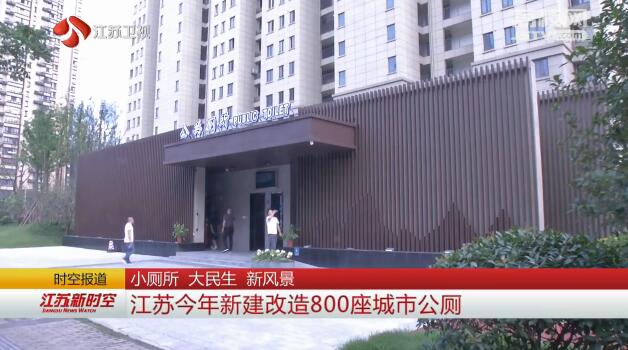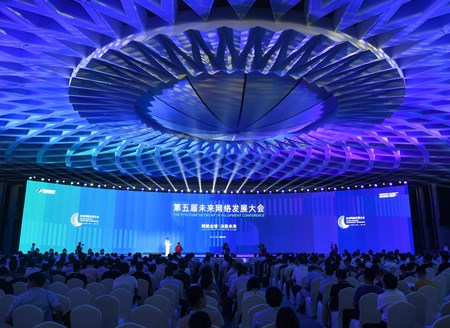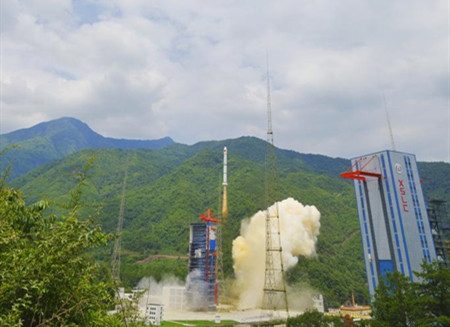East China’s Jiangsu province had made headway in the promotion of the national toilet revolution, as is evidenced by the construction or refurbishing of 380 public toilets across the province in the first half of the year.
It has been a headache for the longer queue for women’s toilet than that for men’s.
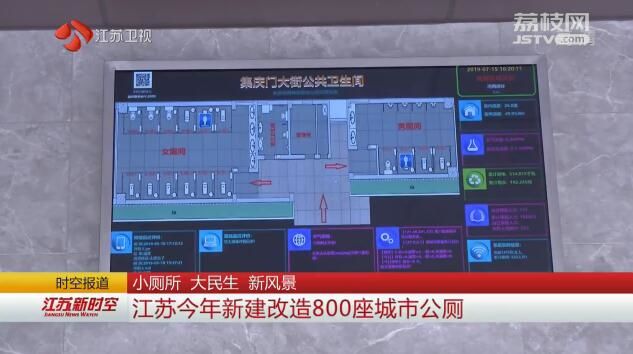
A guideline that requires women's cubicles to outnumber men's at newly constructed restrooms has somewhat eased the long lines of women waiting to use the toilet as efforts for the toilet revolution have paid off.
The cubicle for men and women is arranged at a ratio of 3:4, as is evidenced by a toilet at Jiqingmen Street in Nanjing.
The installation of family toilet and mother-baby room has provided convenience for the toilet users.
Jiangsu will continue to construct 800 public toilets this year with wheelchair accessible facilities installed in 90% of the toilets and family toilets equipped at 80% of the toilets.
Vending machines and cell phone chargers are also installed in some public toilets.
Jiangsu has constructed or refurbished 3500 public toilets since the national campaign got underway in 2017. The province will have built 17000 public toilets of the kind by the end of 2020.
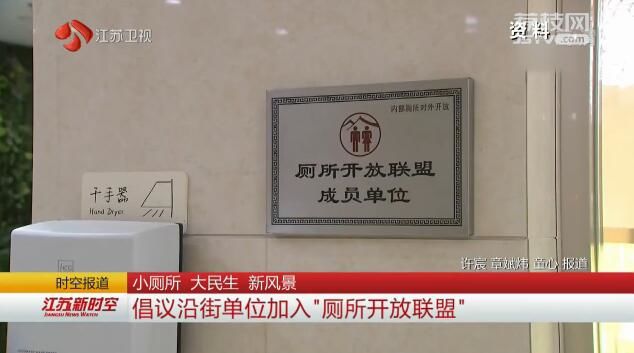
According to the government work report delivered to the annual session of the national legislature on March 5 this year, the government will work to improve rural living environments in light of local conditions, make progress in the toilet revolution, and improve garbage and sewage treatment to build a beautiful countryside.
The country launched the toilet revolution in 2015 to increase the number and sanitation of toilets at tourist sites. The campaign was expanded to improve public toilets in cities and build better toilets in rural areas.
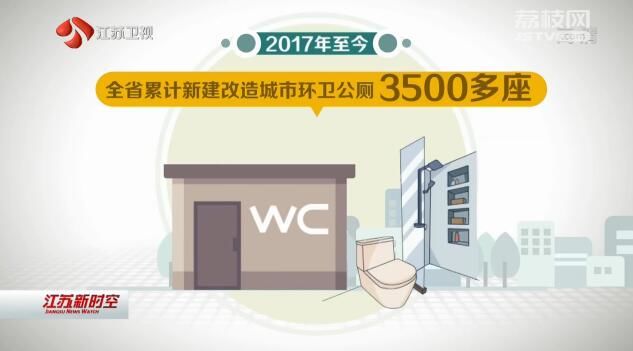
China's National Health Commission said the coverage of sanitary toilets was merely 7.5 percent in 1993, while coverage surged to 80.3 percent in 2016, with that of some eastern regions surpassing 90 percent.
